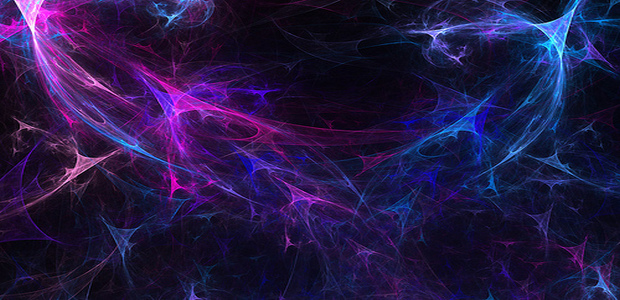One of the strangest ideas about the nature of the universe could be one of the most important. Do long, thin, and incredibly dense strands of matter called cosmic strings wind their way throughout the universe? This theoretical idea took off with a bang in the 1980s, received a torrent of scepticism in the 1990s, and now is undergoing a resurgence of credibility.
One of the universe’s strangest conundrums is the smoothness of the early cosmos following the Big Bang and how clumpy things like galaxies could have formed suddenly from it. The answer could be cosmic strings.
Cosmic strings are defined as fundamental strings or (F-strings) when it comes to their role in the string theory. However, while studying these cosmic strings, their sizes are compared to protons i.e ~ 1 fm which is much smaller than any other cosmological scale. The Cosmic Strings are therefore studied in the zero width or Nambu-Goto approximation.
When cosmologists model cosmic string evolution, their goal is to predict how string properties such as speed and separation change over time. This simulation shows cosmic strings when the universe was young and dominated by radiation.

Cosmologists are embracing the possibilities. Edward Witten of Princeton University, one of the world’s foremost theoretical physicists, says, “Strings of different sizes and kinds probably exist.” Twenty years ago, Witten opposed string theory. He now believes these tiny, string-like loops of energy could be the universe’s basic form of matter and energy and that some strings could reach enormous sizes.
The current incarnation of the theory suggests cosmic strings arose after the inflationary period. The strings researchers currently propose are less massive and more stable than the ones originally thought up in the 1980s. Because of these changes, they would have less effect on the cosmos than astronomers originally thought, so they would not necessarily be ruled in or out of existence by recent observations. With the reformulation of what astronomers think strings might be, the question of whether they can be detected still hangs out there. Two research teams have reported evidence of cosmic strings in different parts of the sky, but these observations are unconfirmed.
According to Alexander Vilenkin of Tufts University, however, who pioneered cosmic string theory by suggesting strings could have triggered the formation of galaxies, the discoveries have “breathed new life into this field.” The current thinking on cosmic strings goes as follows: When inflation occurred, “cracks” in the universe’s phase transition arose, and these cracks created thin, super dense strings of matter and energy. These features might have formed like fissures in ice, along faults between transition zones. These sinewy filaments of matter might forever be frozen in a primordial state, having avoided the cosmic inflation the rest of the universe experienced. If they exist, cosmic strings are almost unimaginably thin, yet they possess nearly unlimited length.
Strings also may be incredibly dense, much denser than the matter at a neutron star’s center. With such density, cosmic strings would act as gravitational lenses if they floated in front of bright background objects, and this could be one way to find one.
Cosmic strings may have formed as defects in space-time when the universe cooled. The process is analogous to cracks that form as water freezes to ice. When strings collide, they can exchange pieces and form a free-floating loop. For instance, two strings approach one another at half the speed of light. Both strings emit radiation — usually gravitational waves. A new loop forms in the collision’s aftermath.
Yet, spotting a long cosmic string could be incredibly difficult: Computer simulations suggest they would be spaced about 325 million light-years apart. The nearest long cosmic string might be 10,000 light-years away. The possibility of detecting a cosmic string by lensing exists.
Astronomers will be looking for such events with the Laser Interferometer Gravitational Wave Observatories (LIGO) and, in the next decade, with the Laser Interferometer Space Antenna (LISA). “Cosmic strings might actually provide the best observational window into fundamental string theory,” says Thomas Kibble of Imperial College in London. With a rebirth of study and credibility, cosmic strings will carry on as a hot topic.
It is going to be a long process in really understanding such theories. We hope that cosmologists and researchers will continue to move ahead and try to find out some inroads into the concept of time travel through such theories.
-end-


































